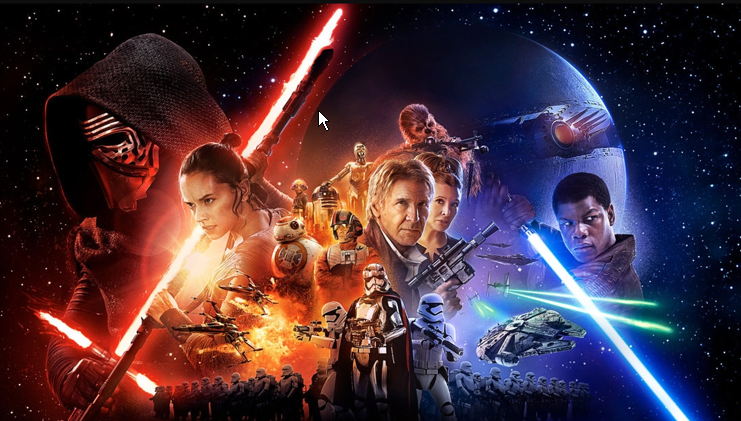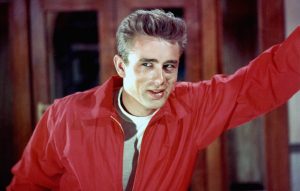John Williams’s music crescendos, unusual pitches, and deep timber have altered the course of Star Wars music films, forever. William has orchestrated and created music for the nine main Star Wars movies, spanning his space fantasy-linked baritone career from 1977 to 2018, adding leitmotifs individually to the amazing actors, magical terrains, and heart-wrenching battle scenes.
Furthermore, John Williams created impactful and blasting music selections during his time. His work is profound, extending beyond the Space Odyssey. The keynotes of William’s musical scores are symbolic of the movies and can be recognized anywhere, creating waves of nostalgia. His work is not easy to replicate especially the cantina orchestra, namely a unique mixture of jazz, swing, and light elementals.
Harry Potter would not be Harry Potter and Star Wars would not be Star Wars without the iconic music linked to memorable movie scenes and the main theme of the force, supporting the emotions of the audience and the wonderful cast.
In this blog, we will delve into the melodies John William created and how that has impacted theatrical releases decades later (47 years a long time!).
Emotional and Narrative Impact
John Williams started on a great footing in collaboration with George Lucas’s classic music plans, as they reviewed the Fox fanfare for the opening. The Main Title of the Star Wars movies is engaging and perfect to encompass a variety of happy, sad, redemption, revenge, and betrayal scenes.
The end of the ‘Main Title’s’ melody with a Bb major chord immediately established a promise of a grand opening and a heroic entrance enchanting the audience with the climatic clash of notes.
Another chord that gripped the audience and is among the top five is the ‘Imperial March’ played in the background of Episode V when Luke Skywalker loses his hand from a powerful saber strike, while dueling with his father, Darth Vader, after the grand reveal. The ombre music was successful in evoking emotions of shock, sadness, and horror in a respective manner, showing what a great job a legendary composer had done.
Influence On Filmmaking And Composing
John Williams revived the classic music style during the Golden Age of Hollywood. His music was innovative and triggered the recording process for unique music because at the time old notes were reused boring the audience.
Apart from that age, the Star Wars iconic composer has inspired modern orchestrators and symphonists to return to the old crescendos highlighting the selection of appropriate and nostalgic music.
The director of another summer blockbuster music film, Steven Speilberg, has boasted about working with Williams and taking inspiration from his nontypical and atonal work. William greatly favored George Lucas, expanding his idea of using nontraditional music when it came to science fiction. Such a risk could have been a failure, but the blockbuster success set the musical ladder for composers like James Horner (Titanic) and his almost replacement, Howard Shore (Lord of the Rings).
Apart from the iconic artists known for creating detailed scores, amazingly, William’s short staccato notes have inspired modern well-established producers like G-Dragon and M.I.A.
Musical and Cultural Phenomenon
The overwhelming success of Star Wars orchestrator, John Williams, has enhanced the importance of music for the silver screen. Music has a powerful impact on shifting the perspective faster than the visuals. The ombre notes, screeching violin, and upbeat of the drums could successfully quicken the heartbeat of the viewers preparing them for a grand reveal. Before this soundtracks were considered a secondary priority. However, after the revolutionary change, the investment in music has increased drastically!
Another exciting thing about Star Wars’ phenomenal influence is rooted in the multimedia projection of the series. As Star Wars is spread into a wide range of videogames, comics, series, films, and digital media. This has led to the spread of the orchestra into TV ads, rallies, political speeches, sports events, and May 4th conventions.
A Live Orchestral legacy
John Williams’s live orchestra has won over and invited innovative composers and producers to sit together to enjoy the classic and traditional notes, especially the Binary Sunset, which is a blend of unique Bbs.
The joy of witnessing a live orchestra by a critically acclaimed scorer is unmatched. It is nothing less than unraveling a whole new masterpiece all over again. That is probably why, seats to his concert in 2024 are nearly sold out.
The unison between the orchestral members, the command of John William’s conducting baton, and the waves of music flowing through the eager ears, allow the audience to appreciate the meaning behind the selection of specific notes and their importance for cinematic picturing.
Conclusion
Star Wars mystic score has left a profound effect on not just the future music productions but also the spinoffs and the animated series of the space franchise itself. The mixture of the old music combined with advanced instrumental notes is the beginning of a musical era suitable for our young fans.
Furthermore, Star Wars bold notes and syncopation have set a reachable benchmark for contemporary cinema teaching them how to connect music to the scene, drawing inspiration for modern music videos.
The post The Impact of Star Wars’ Music on Theatrical Releases appeared first on Raptology: Rap News – Rap Music – Rap Contests – Rap Articles.




